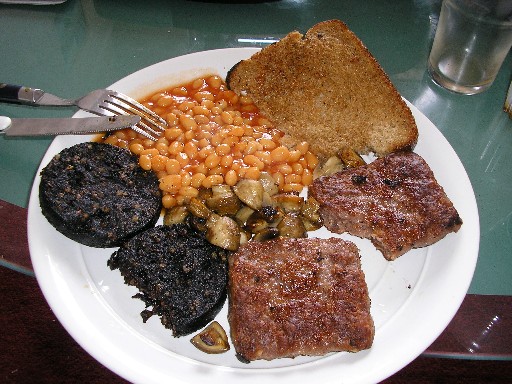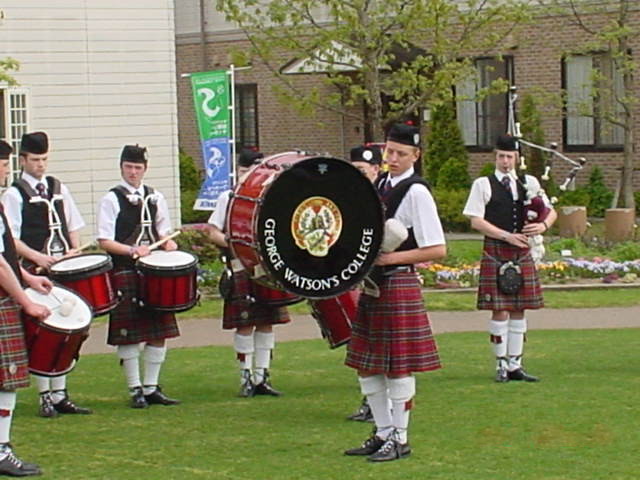Scottish Country Dance
The Scottish traditional social dance involves a group from three to eight pairs of dancers that follow a progressive pattern according to a choreography planned beforehand. It has its roots deep in the history of ballroom dance from old Scottish wealthy classes from the Renaissance. In the 18th century it was a short, quick dance type, common to many other royal courts. Other types of traditional dance include a solo performance called Scottish highland dance. In some cases, these two dance types are taken as part elements from a whole choreography.
The dances are called reels (including hornpipes), jigs and strathspeys, according to the played music. Reels, hornpipes and jigs are characterised by quick movements in fast tempos; generally referred to as quick-time dances. Strathspey is more tempered, danced in a slower tempo.
These dances are generally organized in formations, or sets. Each set is composed of three to eight couples, formed from a ”man” and his ”lady”. Sometimes, because of the large number of women dancing Scottish country dances, the man’s role is substituted by the most experienced or tall woman.
”man” and his ”lady”. Sometimes, because of the large number of women dancing Scottish country dances, the man’s role is substituted by the most experienced or tall woman.
The most common set formation is called ”longwise”, where each man stands in front of his partner, with the other men in one line, facing their lady partners. The pair closest to the stage is called ”first” or ”top end”. Other type of stage formation include triangular sets, with three couples forming a triangle, square sets, with four couples forming the sides of a square.
Several step types are combined to acquire a certain type of choreography. These are travelling steps, strathspey steps, setting steps, rocking steps, high cuts, slip steps. They vary on the music the dancers are dancing. Being at a certain location at the proper time is one of the most important aspects of the dance, because it is danced in group, and each pair relates on the other.
The Scottish country dances are looked at as means of accomplishing dialogues between communities and start healthy social exchanges.


